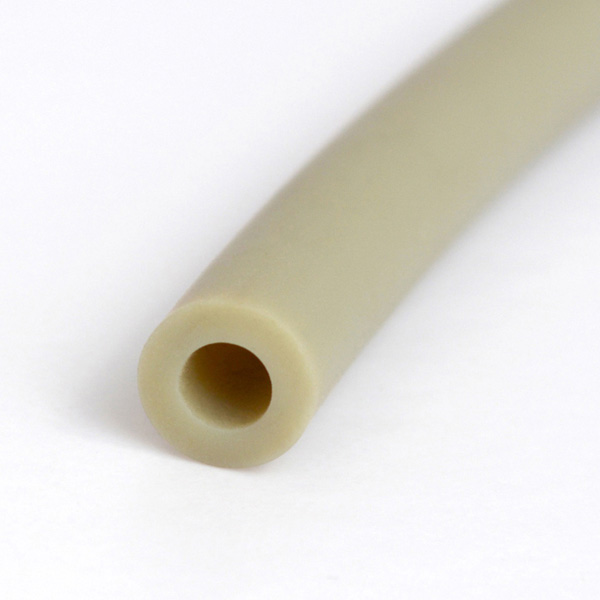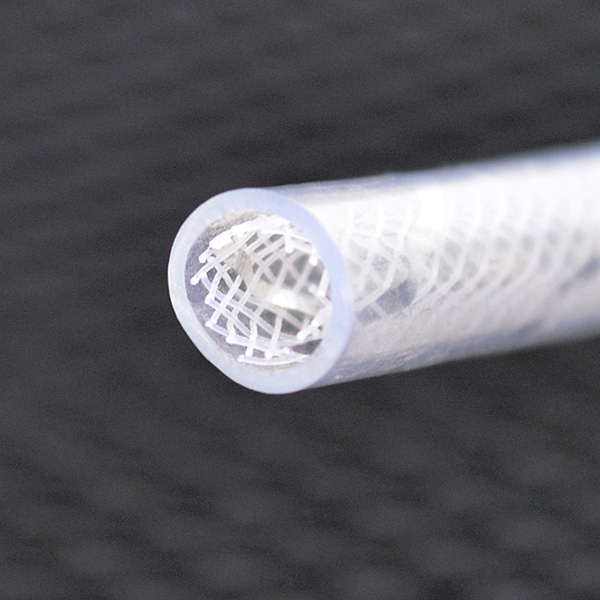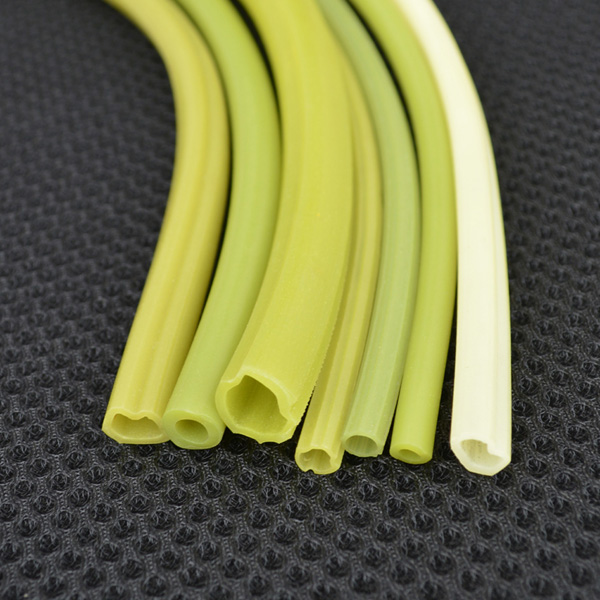Frozen spinach was sowed in mid-autumn. During the growing period, the climate gradually cools, the temperature difference between day and night increases, and the sunshine shortens, which is suitable for spinach leaf primordium differentiation and leaf growth. At the late growth stage, the soil is softened again. Therefore, the plant accumulates more nutrients, leaves hypertrophy, dark green color, and fresh heart. Yellow, sweet taste, good quality, resistant to storage. Because spinach is harvested with a portion of red roots, the red roots of the green leaves are lining the yellow heart, and are colored and beautifully shaped, also known as red rooted spinach. It is generally frozen in the winter after harvest, and is thawed out after thawing during the New Year's Day and Spring Festival. The long supply period is welcomed by the market. The management of frozen spinach and the soil-cultivation techniques are relatively complicated. Now we introduce its cultivation techniques and frozen storage methods as follows. First, the frozen cultivation techniques of spinach (a) the choice of varieties Frozen frozen spinach should choose more hardy, dark green leaves, leaf hypertrophy, short petiole, high yield of sharp leaf or sharp round leaf species. Such as Shuangcheng Jianye spinach, Shanghai spinach, spiny, and other varieties. (b) The site preparation site will be used as a site for frozen spinach cultivation. Because it is necessary to soften the soil in the later stages of growth, it is necessary to leave the soil to remove the soil. The method is: extend east and west to make three pods side by side, the two pods on both sides are 1.67m wide, used for sowing spinach, and a 0.7m wide pod is left in the middle, and spinach is not grown.畦 8.3m long. (3) It takes 70-75 days to sow frozen spinach from sowing to harvest, so the sowing date is stricter. Sowing early, the stems and leaves are long and thin, the leaves are thin, the accumulated nutrients are less, and the quality is poor. When harvesting, the plants tend to age and affect the frozen storage effect. Sowing is late, the plant growth time is insufficient, affecting yield. The planting period is suitable for mid-September. Refrigerated spinach should be cultivated in the late growth period, using wide-width seeding, spacing l0cm, broadcast width 5-6cm, seed use amount of 3-3.5kg per acre, dry seeds live. Field management such as watering, top dressing, cultivating, thinning, and weeding are equivalent to wintering spinach. The differences are: 1. Saplings. Frozen spinach grows in the season when temperature and light are most suitable for spinach vegetative growth. The plants grow robustly, the leaves are hypertrophic, and there are many tillers, which can form larger clusters. Therefore, appropriate seedlings, to ensure that there is enough nutrient area between the plants, is conducive to photosynthesis and the accumulation of nutrients, is the key to increase yield and quality of frozen Tibet spinach. The seedlings should be divided into several times, and the seedlings are generally asked twice. The final seedling spacing is about 7 cm, and the seedlings that come down can be bundled and listed. 2. The soil. On the soil can make spinach clusters increase, leaf thickening, heart yellow, improve the quality of spinach. It usually starts when the plant grows to a height of 20cm. Since the field is no longer watered and topdressed after the soil, weeds must be removed from the rows before weaving. We will pour a large flood of water and apply 20-25 kg of available nitrogenous fertilizer per acre. We will also turn over the soil in the soil. , crush, sifting, ready to go to earth. The method of going to earth: hand-holding a mallet, spread the fine soil evenly between the rows of spinach, each time the thickness of the soil is about lcm. After the upper soil, the soft-toothed bamboo rake is used to pick out the blade that is pressed by the soil, so that the leaves receive sunlight, and nutrients are produced to prevent the leaves from being rotted in the soil. Generally a total of 6-7 times the soil, the total thickness of the upper soil 5-6cm. The thickness of the upper soil depends on the growth of the spinach plants, and the plants are weaker and weaker. (IV) Treatment and storage before freezing and storage The frozen storage needs to be harvested in a timely manner, so that the spinach can be frozen quickly, and it is in a dormant state with extremely low physiological activity and reduces losses. Early harvest, the outside temperature is still high, can not enter the ditch frozen, vegetable body respiration is strong, easy to heat in the heap, so that leaves yellow, rot, loss increases; late, spinach frozen in the ground, it is difficult to shovel. The harvest time should be observed in the field to see the spinach leaves freeze in the morning, and the harvest period is appropriate for the daytime. Usually in the middle or late November. However, the leaves should not be immediately plucked when they are frozen. They should be collected when leaves do not have dewdrops on the leaf after defrosting. Because the leaves are frozen, they are difficult to thawed and perishable; when water is collected, the water droplets increase the humidity of the vegetables. When harvesting, use spades to scoop up the roots of spinach, leaving red roots 2-3cm, shaking the soil, and placing the code on the ground, making a large bundle of 30-40cm in diameter, with the roots facing up and the leaves close to the ground to keep the leaves from falling. Lost water, standing in the back of the wind barrier behind the shade, and has been flattened, between the bundle and the bundle to leave, coded in two lines, pre-storage 4-5 days. The size of the vegetable bundle should be appropriate. If the bundle is too large, the center of the vegetable dish will not be frozen and the heat of the vegetable body will not dissipate. This will cause the leaves to yellow, deteriorate and even rot. If the bundle is too small, it will be easily drained by the wind and increase water loss. Losses affect the product's yield and quality. Pre-stored during the day to cover the curtain to avoid sunlight evaporation and wilting. Pre-storage time depends on the climate, such as spinach temperature has dropped significantly when harvested, a little dry to freeze, if the weather gets warmer, not on the cold, can be stored for a few days, so as not to freeze the vegetable pile after heating rot. Second, frozen (a) digging and burying buried spinach should be frozen in shady, cool, well-ventilated place, such as behind the wind barrier, etc., using the natural low temperature in winter, for storage. The optimum storage conditions are: the temperature is 4-5°C, and the relative humidity of the air is 90%-95%. Storage sites should be prepared in advance, and the form of pits will vary from region to region. Storage method: first in the wind behind the barrier 20cm parallel to do 畦, 畦 width 80-150cm, spinach first pre-stored in the medlar, the root upward, the leaf down into 2-4 lines. When burying, the vegetable bundles are straightened, and the roots are placed downwards and the leaves are placed on the original place, and the code is divided into 2 and 4 lines, leaving 10cm gaps between the lines. The soil is taken from the outside of the sampan and filled in the gap between the vegetable skeins before the whole leeks are cut. The bundle is surrounded by soil and is made into a 25cm high and thick earthen gang. Finally, it is covered with a layer of soil on the top and is about 5cm thick. It can protect the wind, protect the leaves from cold wind and sun protection. The vegetable bales are quickly frozen after being covered with soil. As the temperature drops, the bundles of food are frozen from the top to the bottom. When the vegetables are frozen in the middle of the vegetable bales, the soil is covered with soil for about 10 cm. After that, the soil is covered once more. The total thickness of the soil is about 25 cm. When the temperature is lower, it is necessary to cover the soil or cover the grass. (II) Thawing Listed on the market from December to the end of February of the following year, freshly spinach bundles of frozen spinach were picked up and repacked after refreezing. Thawing method: Do not touch the vegetable bundle when planing the frozen soil. Do not damage the leaves when moving. Avoid mechanical damage. Hold the root of the vegetable bundle with both hands and put it on the trolley to a cold vegetable cellar or cold. In the room, the room temperature is generally 0-2°C and the humidity is high. Let the frozen spinach thaw slowly. When thawing, the ice crystals in the spinach leaf cell gap gradually dissolve, return to the leaf cells, and the leaves resume turgor, and they can still return to their original tender state without affecting product quality. After thawing the plants for 3-5 days, the bales were opened for timely refurbishment, yellow and rotten leaves were removed, main roots were cut, and the bales were about 1 kg in size, washed and put on the basket. China Agricultural Network Editor
Any other kinds of pvc hoses can also be customized as your requested. All our products have passed ISO9001, CE, ISO AND SGS.
Such as below.
1: Irreagular Shape hose, It is used widely. It can be used as the stem of the artificial flowers.
2: Medical hose, The hose can be used in the blood-pressure machine.
3: Hose for bags. The hose can be used as the loop on the bag, which used to carry the bag.
4: Twin hose , The twin hose can be used in laboratory.
5: PVC pipe, The advantages are low cost and easy installation. It is also be used widely, it used for water supply or drainage.
6: PVC Reinforced Hose Pipe, The hose can be used in LED/Car/window/door and so on.
Our factory can provide you the best price, excellent quality, quick delivery!




Other PVC Pipe
Pvc Water Pipe,Full Size Pvc Pipe,PVC Reinforced Hose Pipe,Flexible PVC Water Suction Hose
JiangYin ZhengMei Mechanical Equipment CO.,LTD. , http://www.zm-pvchose.com



